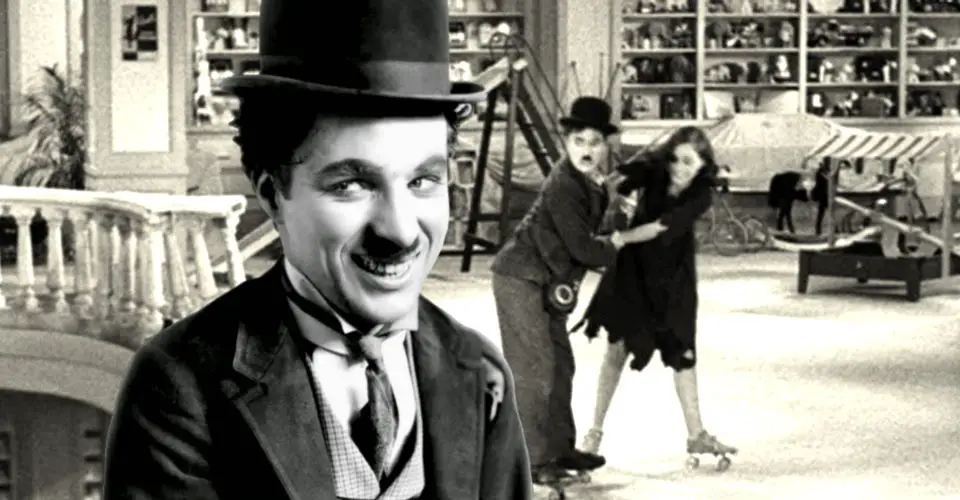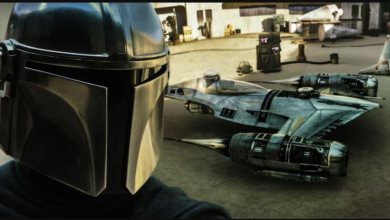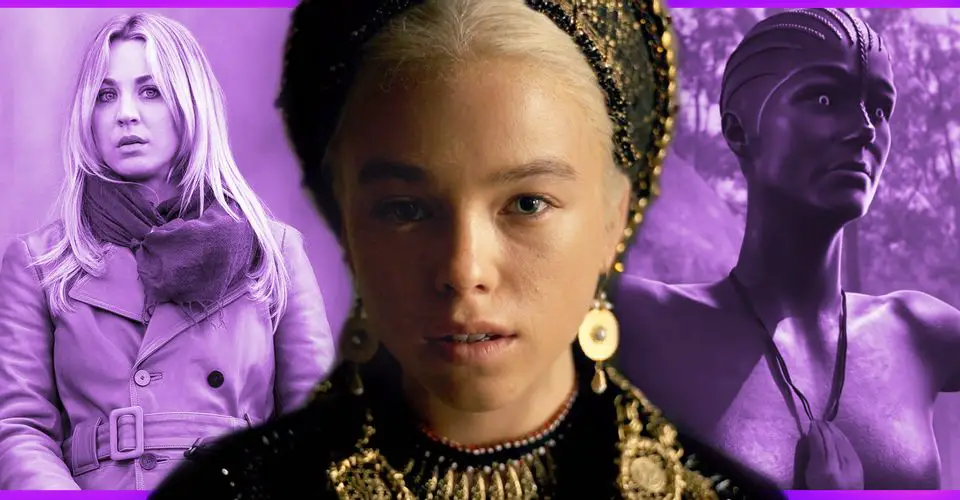How Charlie Chaplin Used VFX WAY Before CGI
Charlie Chaplin is remembered for his ingenious stunts, but he also used realistic VFX even before CGI entered the mainstream filmmaking landscape.

Visual effects are one of the last things that come to mind when Charlie Chaplin is mentioned, but several decades before CGI, or computer-generated imagery, became a common practice, Chaplin pulled off one of most clever visual effects in 1936’s Modern Times. Though CGI is used in practically every major movie production nowadays, from the crazy, CGI-filled Marvel Cinematic Universe to the deaged Robert DeNiro, Al Pacino, and Joe Pesci in The Irishman, Chaplin made what looked like a treacherous stunt quite safe.
Modern Times is Charlie Chaplin’s last film as the Tramp – his bumbling but lovable character who remains a Hollywood icon up to this day. The 1936 film criticizes over-industrialized society through the story of a factory worker who struggles to keep up with ultra modern machinery. After a series of Chaplin’s idiosyncratic slapstick blunders, the Tramp ends up in jail, from which he escapes through another series of similar gaffes. Outside, he meets a runaway orphan girl, Ellen (Paulette Goddard), and the couple try to get new jobs and find their place in modern society, but the authorities catch up to them, forcing them to flee without any kind of plan for their future in sight.
One of the most famous scenes in Modern Times is the roller skating scene, in which the Tramp invites Ellen to play around the toy section in the department store he briefly works at. Excited, they grab some roller skates off a shelf and try them on. The Tramp then flaunts his physical prowess by performing a variety of tricks while using a blindfold, unaware of the fact that he comes dangerously close to falling off the edge of a huge gap in the floor. The stunt looks so real that it’s almost impossible to figure out where the effects are at first sight, but the technique is actually simpler than it seems. In fact, there is no gap in the floor. It’s a practical effect consisting of a matte painting placed right in front of the camera.

Chaplin performed his roller skate stunt on a fully-floored set. The ledge on the floor helped him discern when to stop, since it was measured to fit exactly with the photorealistic matte painting that was placed on a sheet of glass just a couple feet in front of the lens. This way, the painting would appear to be the precise size of the gap without interfering with Chaplin’s performance. The entire scene was designed so that the angles and the distance between the set, the actor, the matte painting, and the camera could blend together naturally. For extra realism, the painting had a small cut in the shape of the plank in the foreground to achieve an “overlap” between it and the real set.
Many other filmmakers from the classical era of Hollywood pioneered skillful VFX techniques that are still quite difficult to notice nowadays, and Charlie Chaplin stands out as one of the most famous. Modern Times is just one of many silent movies that are full of innovative sequences and clever stunts (with no stunt doubles).





